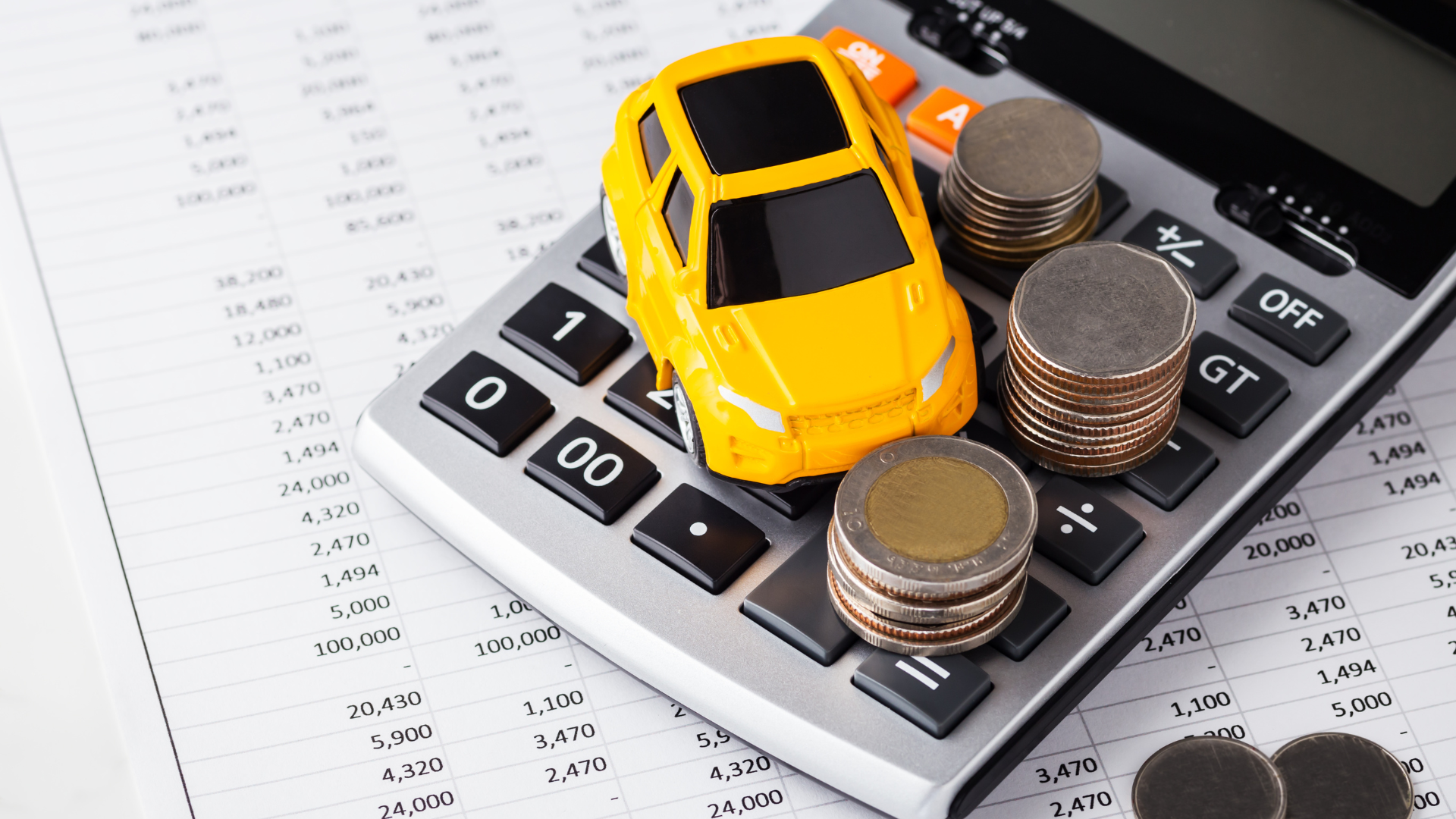So, you’ve passed your driving test, you’re 18 years old, and now you need to buy your first car.
All is well and good, but what are you supposed to do?
Don’t fret! Leasing your first car isn’t as scary as some people say, and with a bit of careful planning, it is definitely feasible for anyone.
Let’s have a look at what you need to think about before leasing a car.
What Is Car Leasing?
There are many options for people when they are in the market for a new car: buying, leasing, or getting a loan. Each option has advantages and disadvantages, so it’s important to weigh the pros and cons carefully. Leasing a new car means you are essentially renting the vehicle. You make payments to a leasing company, the owner of the car. When you are finished with payments after 2–3 years, you can choose to lease a new car.
Here Are the Step by Step to Lease Your Car
Step 1. Determine price range
You’ve probably also spent a lot of time in the cars of your friends and coworkers. But how much should you spend? Buying a car is an expensive proposition, and many car loans end up costing you more than the car you originally paid for. But leasing a car can lower your monthly payment, adjust the car’s price to fit your budget, and keep the car’s value lower than a new car loan would.
Step 2. Inquire about lease terms
Maybe leasing is the better option. Leasing a vehicle is a good way to drive a new car for less money than buying one. However, leasing is not for everyone, so it pays to do your research.
Step 3. Determine down payment
Leasing a car comes with some upfront costs, but monthly payments and lease terms may be lower than a loan, and you won’t have to make a long-term commitment. To start the lease process, you’ll first need to determine a down payment amount and if you would like to negotiate on the price of the car. How much you should put down and over what period of time can greatly affect your overall monthly payment.
Step 4. Gather documentation
A car lease is a great way to drive a brand-new car every few years without sinking thousands of dollars into the purchase price. But before you sign on the dotted line, you should take a few legal steps to prepare for the lease. Gather all the necessary documentation ahead of time because you’ll need to present it to your dealer before you can take your new ride for a spin. And, considering the legal aspects, it might be beneficial to consult with a car repossession lawyer. They can help you to review the lease terms to ensure they are fair and favorable, thus helping you avoid any potential pitfalls that could lead to repossession in the future.
Step 5. Schedule test drive
Leasing is a popular option, thanks to its convenience, low monthly payments, and, in some cases, the option to upgrade more often. 37 percent of people who lease their vehicle say they’d like to lease their next one, too. But, before you can lease your new car, you need to test drive it.
Step 6. Research insurance companies
When leasing a car, there are lots of options to consider. One of the most important decisions you’ll need to make is which company you are going to use for your leasing insurance. Leasing insurance is required in most states, and it’s essential protection that covers the leased car against theft, damage, and liability. It covers the amount the car is worth (up to a stated amount) should anything happen to it.
Leasing a car can be a smart option, especially if you make many short trips. Leasing offers low monthly payments and lets you drive a car with a high-mileage allowance. You only pay for the car’s depreciation. But if you are able to drive the car for a long time, then buying a car might be the better option. Also, consider the cost of insurance and gas.

